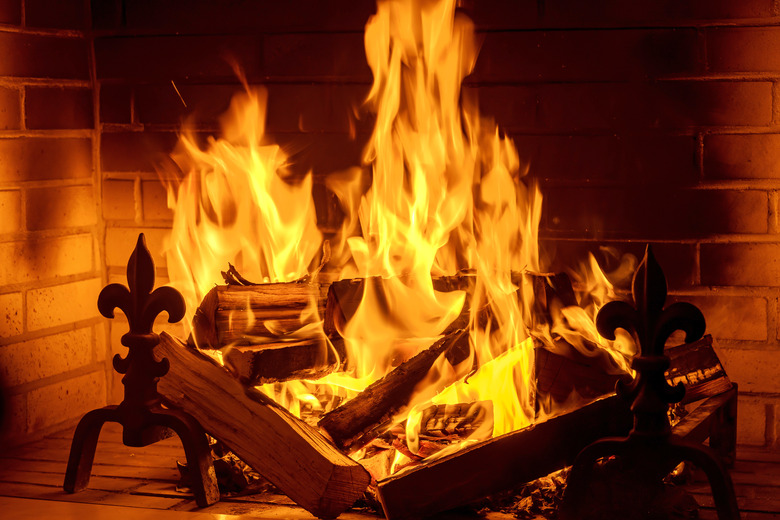How Refractory Brick Is Made
We may receive a commission on purchases made from links.
Refractory bricks are also known as firebricks. These are the bricks that line kilns, furnaces, fireplaces, fireboxes, chimneys and wood-fired ovens like pizza ovens. Refractory bricks are made of fireclay, but the chemical composition of the fireclay varies according to use.
Types of Refractory Brick
Types of Refractory Brick
Most refractory bricks are made with fireclay, which contains primarily silica and alumina. Refractory bricks that withstand the highest temperatures, over 3,000 degrees Fahrenheit, contain more alumina. Most refractory bricks also contain small amounts of magnesium, calcium, potassium, iron and titanium. That chemical composition in the clay of refractory bricks is what differentiates them from ordinary clay bricks.
Fireclay is typically divided into grades depending on the type of fire resistance needed. The inside of a wood-fired kiln or furnace needs a firebrick made of high-density clay because these are subject to extremely high temperatures. They typically use bricks with more alumina content, as much as 40 to 44 percent, and are considered high-fired super duty.
The types of firebricks installed in fireplaces are usually rated to about 1,750 to 1,800 degrees Fahrenheit and contain the least amount of alumina, around 24 to 26 percent. These are considered low-duty firebricks.
How Refractory Bricks Are Made
How Refractory Bricks Are Made
Lighter, more porous, soft refractory bricks can withstand higher heat and absorb less energy than harder bricks. These bricks are less dense and insulate better, but they cannot be used to store heat. Hard refractory bricks are best used around open flames and are more likely to absorb heat. They are used when extreme heat is needed.
Once the clay content is determined, the fireclay is formed into shapes. A standard refractory brick is 9 inches by 4.5 inches by 2.5 inches. Another common size is 9 inches by 4.5 inches by 3 inches. There are exceptions to that, and there are sizes made for edges and sides.
Firebricks are typically made by pressing or extruding the clay into the desired shape. They're then put into a kiln with a carefully monitored temperature control until they reach the desired hardness.
Refractory Brick Qualities
Refractory Brick Qualities
Refractory bricks are different from the bricks used to build a house or patio. There are differences even among refractory bricks as far as whether they'll be used for a kiln, fireplace or furnace. Make sure you choose the right kind of refractory brick for the job it will be used for.
However, you don't want to use a standard clay brick when it's meant to be used around flame and high heat. The bricks that you want to use for your fireplace or even your firepit should be able to withstand temperatures of 1,800 degrees. Clay bricks are more porous than refractory bricks and will start to crack at about 1,200 degrees.
The shape of clay bricks is more likely to vary than the shape of firebricks. Also, the color of clay bricks may vary depending on the type of soil used. The color of firebricks is typically white to yellowish-white. If they're a different color, it's because they have been stained during the manufacturing process.
